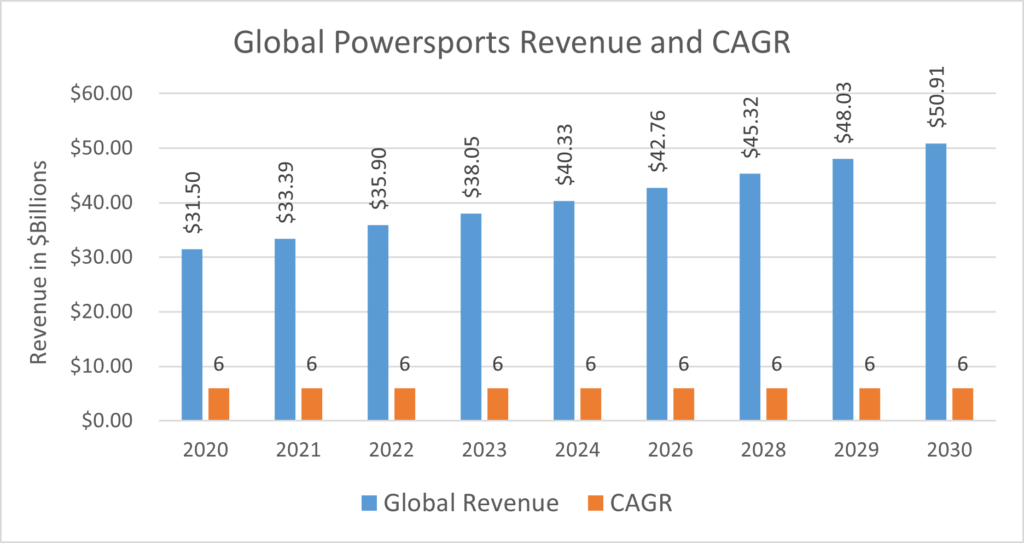Korean Electric Motorcycle Maker Builds Factory in Vietnam
FAR EAST: SOUTH KOREA REPORT
Zio Holdings, a South Korean company engaged in the production and sale of electric motorcycles, says it has completed an electric motorcycle factory in Bac Ninh Province in northern Vietnam.
The factory covers an area of 1,300 m2 and has an annual production capacity of 12,000 units. The factory will receive parts supplied from original brand factories in Vietnam and China and will assemble the parts at ZIO EV’s factory in Vietnam.
The electric bikes to be manufactured at the new factory will be named “EDEN” and “MEVOYEZ,” and will use LFP batteries (lithium-ion iron phosphate batteries). The maximum speed is 55Km/h, and the driving range is over 150km. The selling price is expected to be 30 million VND (approximately 176,000 yen).





